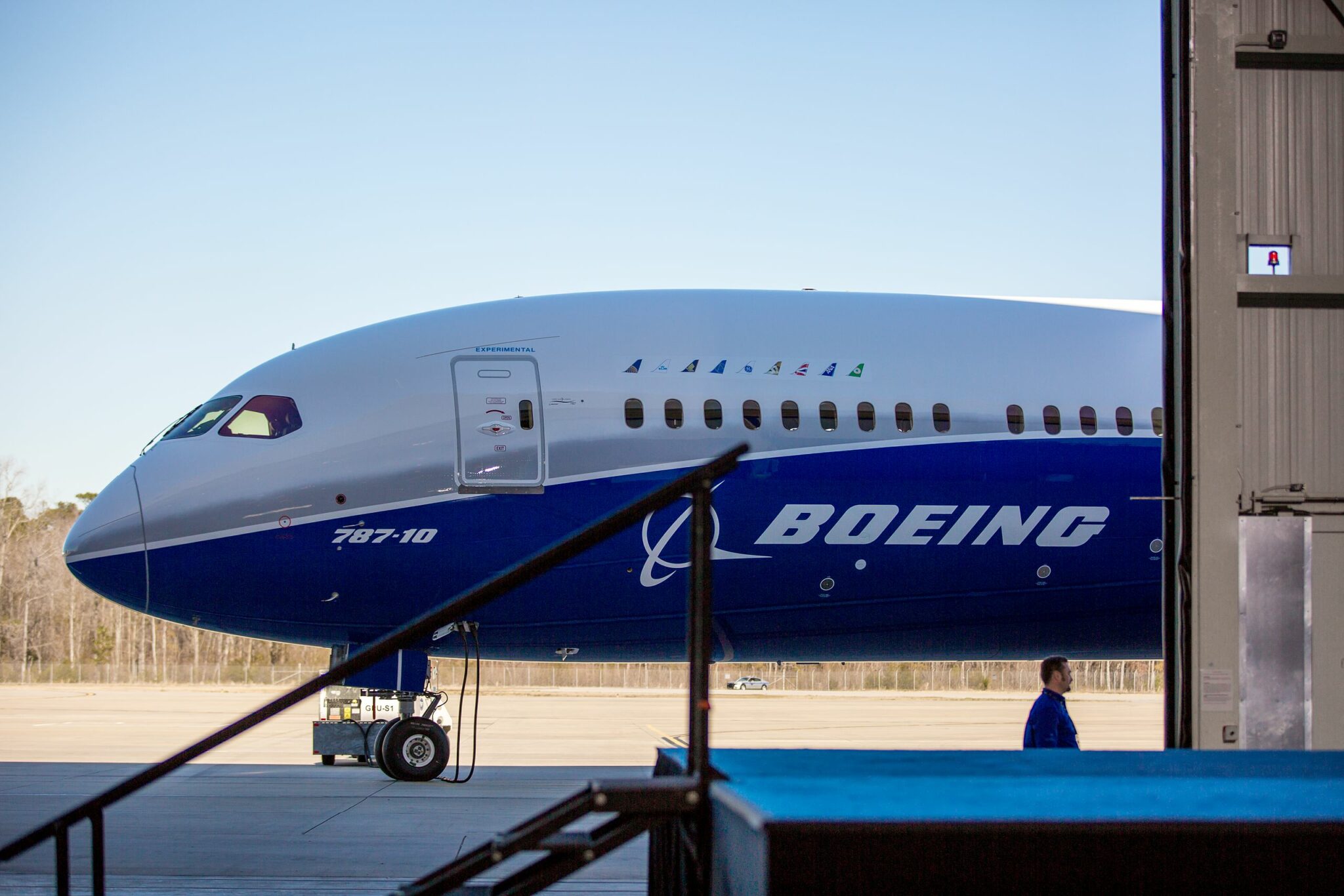Boeing’s deliveries in February will be “down a little bit” from its strong January 2025 deliveries, which totalled 45 for the month – including 40 737s.
“January was good, both from a production delivery but also from a production output,” said Boeing CEO Kelly Ortberg at Barclay’s 42nd Annual Industrial Select Conference on February 20, 2025. “February is looking good for production output as well.
“Deliveries will be down a little bit from January, but not drastically down. We’re ticking along here in February. So far, so good.”
He further noted that the strong deliveries in January was a result of aircraft produce prior to the seven week-long machinist strike at its factories in Portland and Seattle.
“One thing to remember is that the airplanes that we are delivering today were airplanes that had work in process prior to the strike,” he said. “We’re still flushing through quite a bit of the inventory. That’s why we had really strong January deliveries.”
Ortberg added that supply chain on the 737 side is in “good shape”. The OEM is still contending with the US Federal Aviation Administration (FAA) imposed 38 per month production cap on its 737 MAX programme after the Flight 1282 incident in January last year.
“We don’t have any supply chain constraints right now that I see that are going to stop us from ramping up to 38 a month,” Ortberg said, adding that company is on track to reaching the target this year.
The company aims to reach “two to three months” of stability at a 38 per month rate before applying for a cap increase with the FAA. Speaking with a person familiar with the matter, subsequent cap increases will swiftly follow with the first cap increase being the major hurdle.
The company said that part of its improved safety culture includes a mandatory safety assessment against work that has to be travelled rather than completed in station.
“If that risk assessment says you’re adding risk and safety of the airplane, we won’t move the airplane, and we won’t travel the work,” said Ortberg. “If we say we can, then we have to put a safety risk management plan in place on how that work is going to be accomplished at a later date.”
In addition, the company has been more strict on its intake of fuselages from Spirit AeroSystems, which Boeing is set to acquire later in the year.
“One of the smartest things that we did in concert with Spirit was we stopped bringing fuselages into Renton that had known defects in them,” said Ortberg. “What we were doing is we were bringing those in and then we were fixing the fuselage defects while we were assembling the airplane. And that created a lot of instabilities, things like even changing skins on the airplane, on the production line.
“We pushed all that back to Spirit and said, ‘no, we’re not going to deliver any of those to Renton’. That’s allowed them to push it back into their production system and find out where are the root of these defects.”
This safety criteria will also inform its other commercial programmes in order to maintain production stability.
Ortberg said 2025 will be an “important year” to test its plan and said the year should see Boeing “starting to recover” from its issues.

